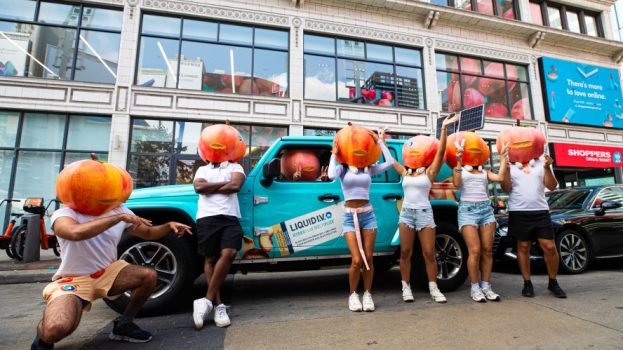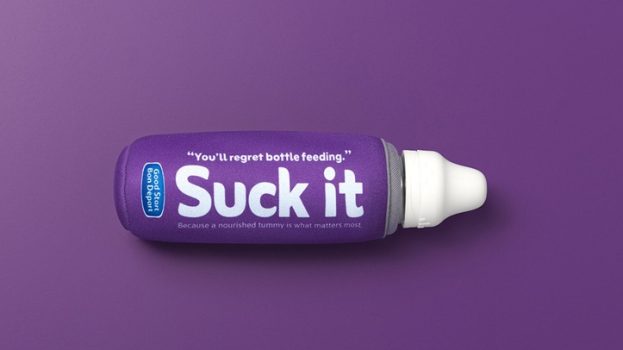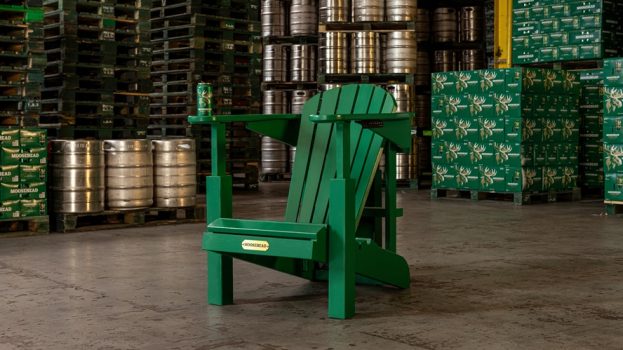By John Bradley and Carrie Bradley
On a July 21 investor call, James Quincey – CEO of The Coca-Cola Company (above) – made the awkwardly bold statement: “We need to do a better job of nurturing and growing smaller and more enduring propositions and exiting zombie brands, not just zombie SKUs.”
Given that The Coca-Cola Company was a one-brand company until 1960 and has a history of sticking with ultimately doomed brands, such as Fresca and Tab, long after many would have cut their losses, the constant tweaking and nurturing of brand portfolios probably isn’t part of the company’s DNA. But because its brand portfolio has gone from a handful to over 400 in seemingly no time – driven by years of being on innovation autopilot and acquisitions supplanting organic brand growth – it now needs to be.
Ending the curse of the resulting long tail brand portfolio always sounds so seductive at head office level: 50% of the 400 brands contribute 2% of global sales and are growing slower than everything else. They take up time and resources that are being starved – yes, STARVED! – from the growth machines elsewhere in the portfolio. So, surely we can sell more than 2% extra of the good stuff if we get rid of all those zombie brands? Amorphous concepts such as “Cost of Complexity” will be thrown into the mix to seal the deal that the zombies have to go, and the sooner the better.
Well, maybe. They aren’t called zombie brands for being lifeless, shambling hulks, but because, in practice, they are incredibly difficult to kill off while you have to simultaneously grow the top and bottom lines of the remaining portfolio.
The first obstacle is that many of the zombie brands on the bottom half of the Head Office spreadsheet are single-country specific, where they can have significant sales and market share. Thus, the Business Units ordered to slay them will have to increase sales of the remaining portfolio by a lot more than 2% just to stand still. Difficult when many of these local brands will have pretty much sold themselves anyway.
The logical consequence of this obstacle is that all the other countries that didn’t sell the single-market brands derive no benefit whatsoever from their loss. They also receive no extra resources to increase their own sales to cover the shortfalls from said single-country when Business Units deprive them of one of their best-sellers.
The second, and by far the most important zombie-killing obstacle, is that the retailers who have stock these brands do not see them as zombies, thirstily sucking sales and profits from their stores, but quite the opposite – they like them, that’s why they stock them!
One of the most difficult supplier-retailer conversations is telling a large and powerful retailer that you are cancelling a brand they stock, one they believe helps differentiate them from other retailers and boosts their margins of the category. It’s a classic way to get a prolonged, high-decibel lecture on brand owners’ inability to understand retailers’ strategy and needs. Many-a-time the lecture will end with a vow to allocate the soon-to-be-vacated shelf-space to competitor brands.
Even after undergoing this trauma, it doesn’t end there.
True to their names, zombie brands have a habit of climbing out of the corporate coffin due to retailers making such heinous threats to this year’s bottom line and exceptions are made. Zombies that don’t get a retailer reprieve are still not fully dead as they often arise from the grave, resurrected by a flagging top line, a mysterious absence of the promised complexity savings, and a cache of emails from bereaved consumers (who feature nowhere in zombie-killing spree decisions), all combining to prompt a quick-fix “Back by popular demand!” Q4 launch.
The only sure-fire way to purge a portfolio of its zombie brands is to sell them to someone else. But that raises the haunting spectre of the new owners doing a much better job breathing new life into the zombie. And then it turns out that the zombie wasn’t the brand, it was you.
 John Bradley and Carrie Bradley are managing partners of The Bradley Group
John Bradley and Carrie Bradley are managing partners of The Bradley Group
























